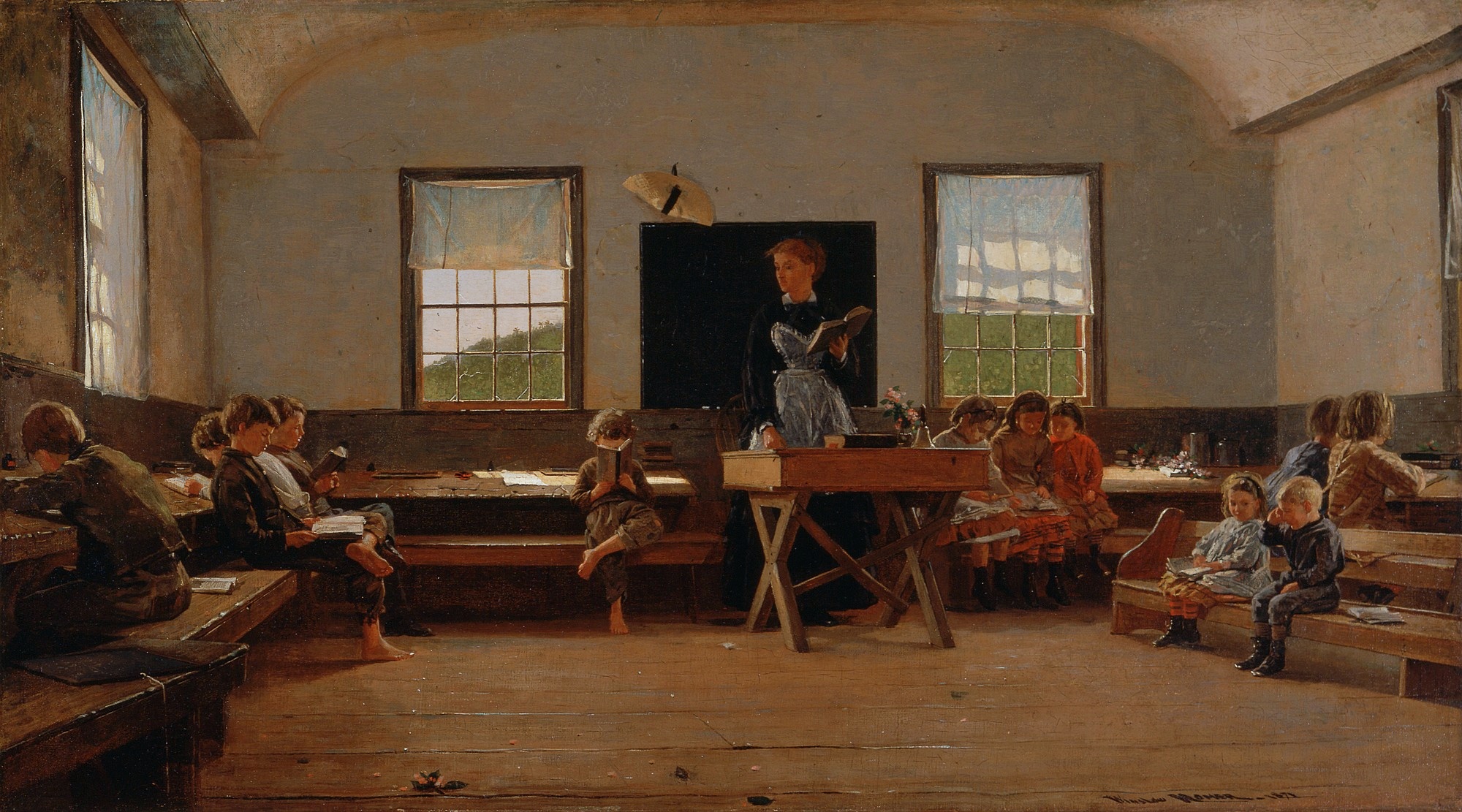Spiritual But Not Religious
- Home Page 469

Aviation & Space / Nota Bene
This content is accessible to paid subscribers. To view it please enter your password below or send mike@standardsmichigan.com a request for subscription details.
AISC (American Institute of Steel Construction) / June 15th
This content is accessible to paid subscribers. To view it please enter your password below or send mike@standardsmichigan.com a request for subscription details.
Emergency Preparedness and Response Standards Development Priorities
This content is accessible to paid subscribers. To view it please enter your password below or send mike@standardsmichigan.com a request for subscription details.
UV Germicidal Irradiation
This content is accessible to paid subscribers. To view it please enter your password below or send mike@standardsmichigan.com a request for subscription details.
Unmanned aircraft systems / PIN
This content is accessible to paid subscribers. To view it please enter your password below or send mike@standardsmichigan.com a request for subscription details.
Lighting Practice: Designing and Specifying Daylighting for Buildings / June 15th
This content is accessible to paid subscribers. To view it please enter your password below or send mike@standardsmichigan.com a request for subscription details.
ASCE/CI 71-202x, Identifying, Quantifying, and Proving Loss of Productivity / June 15
This content is accessible to paid subscribers. To view it please enter your password below or send mike@standardsmichigan.com a request for subscription details.
Robot Safety / May 31st
This content is accessible to paid subscribers. To view it please enter your password below or send mike@standardsmichigan.com a request for subscription details.
Use of our Teleconferencing Facility for Instructors
We have hosted daily teleconferences on technical standardization topics for over five years now. As a contribution to sustaining instructional activity during the present pandemic contingency, we offer the use of our teleconferencing facility to any educational unit that needs a temporary method for instructors to meet with students online.
Our GoToMeeting facility can host up to 25 attendees and will be available 24/7 for any educational unit globally except during our own 11 AM/ET business teleconferences. Our facility is not unique and we hope that other organizations with the bandwidth to help instructors at all levels will also contribute what they can. We are in the process of setting up a second teleconferencing facility with ZOOM.
Send mike@standardsmichigan.com or bella@standardsmichigan.com to arrange a time slot.
New update alert! The 2022 update to the Trademark Assignment Dataset is now available online. Find 1.29 million trademark assignments, involving 2.28 million unique trademark properties issued by the USPTO between March 1952 and January 2023: https://t.co/njrDAbSpwB pic.twitter.com/GkAXrHoQ9T
— USPTO (@uspto) July 13, 2023
Standards Michigan Group, LLC
2723 South State Street | Suite 150
Ann Arbor, MI 48104 USA
888-746-3670













